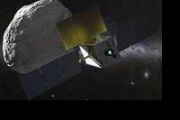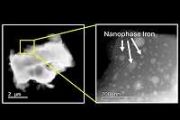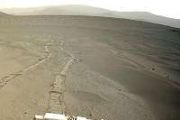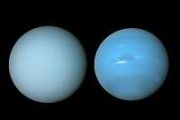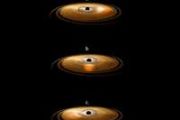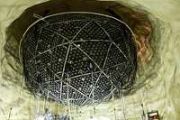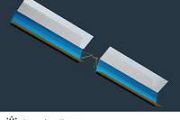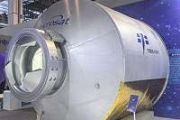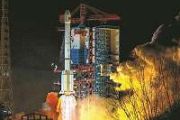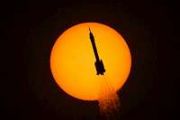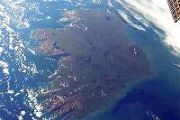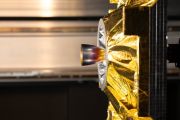
Copernical Team
MOONRISE: LZH and TU Berlin bring 3D printing to the Moon with laser and AI
 3D printing on the Moon: Scientists from the Laser Zentrum Hannover e.V. (LZH) and the Technische Universitat Berlin (TU Berlin) are planning a flight to the Moon to melt lunar dust with laser beams.
In the MOONRISE project, the research team wants to explore the question of how we can use lasers to build landing sites, roads or buildings out of lunar dust in the future. To do this, the re
3D printing on the Moon: Scientists from the Laser Zentrum Hannover e.V. (LZH) and the Technische Universitat Berlin (TU Berlin) are planning a flight to the Moon to melt lunar dust with laser beams.
In the MOONRISE project, the research team wants to explore the question of how we can use lasers to build landing sites, roads or buildings out of lunar dust in the future. To do this, the re SwRI researcher shows how elliptical craters could shed light on age of Saturn's moons
 A new SwRI study describes how unique populations of craters on two of Saturn's moons could help indicate the satellites' age and the conditions of their formation. Using data from NASA's Cassini mission, SwRI postdoctoral researcher Dr. Sierra Ferguson surveyed elliptical craters on Saturn's moons Tethys and Dione for this study, which was co-authored by SwRI Principal Scientist Dr. Alyssa Rhod
A new SwRI study describes how unique populations of craters on two of Saturn's moons could help indicate the satellites' age and the conditions of their formation. Using data from NASA's Cassini mission, SwRI postdoctoral researcher Dr. Sierra Ferguson surveyed elliptical craters on Saturn's moons Tethys and Dione for this study, which was co-authored by SwRI Principal Scientist Dr. Alyssa Rhod South Korea launches homegrown Nuri rocket in major space milestone
 South Korea successfully launched its first homegrown rocket on Tuesday, deploying a satellite into low-Earth orbit in a major milestone as the country jumps into the space race with both commercial and military implications.
The three-stage Nuri rocket blasted off from the Naro Space Center in the southern coastal town of Goheung on Tuesday afternoon. It reached its target altitude of 435
South Korea successfully launched its first homegrown rocket on Tuesday, deploying a satellite into low-Earth orbit in a major milestone as the country jumps into the space race with both commercial and military implications.
The three-stage Nuri rocket blasted off from the Naro Space Center in the southern coastal town of Goheung on Tuesday afternoon. It reached its target altitude of 435 SwRI scientists identify a possible source for Charon's red cap
 Southwest Research Institute scientists combined data from NASA's New Horizons mission with novel laboratory experiments and exospheric modeling to reveal the likely composition of the red cap on Pluto's moon Charon and how it may have formed. This first-ever description of Charon's dynamic methane atmosphere using new experimental data provides a fascinating glimpse into the origins of this moo
Southwest Research Institute scientists combined data from NASA's New Horizons mission with novel laboratory experiments and exospheric modeling to reveal the likely composition of the red cap on Pluto's moon Charon and how it may have formed. This first-ever description of Charon's dynamic methane atmosphere using new experimental data provides a fascinating glimpse into the origins of this moo South Korea launches first satellite with homegrown rocket

South Korea launched its first domestically built space rocket on Tuesday in the country's second attempt, months after its earlier liftoff failed to place a payload into orbit.
A successful launch would boost South Korea's growing space ambitions but also prove it has key technologies to build a space-based surveillance system and bigger missiles amid animosities with rival North Korea, some experts say.
The three-stage Nuri rocket carrying what officials call a functioning "performance verification" satellite blasted from South Korea's only space launch center on a small island off its southern coast at 4 p.m.
Officials are to announce the results of the launch later Tuesday.
In the first attempt last October, the rocket's dummy payload reached its desired altitude of 700 kilometers (435 miles) but didn't enter orbit because the engine of the rocket's third stage burned out earlier than planned.
If Tuesday's launch is successful, South Korea would become the world's 10th nation to place a satellite into space with its own technology.
South Korea, the world's 10th-largest economy, is a main supplier of semiconductors, automobiles and smartphones on world markets.
NASA Moon rocket test met 90% of objectives

NASA's fourth attempt to complete a critical test of its Moon rocket achieved around 90 percent of its goals, but there's still no firm date for the behemoth's first flight, officials said Tuesday.
Known as the "wet dress rehearsal" because it involves loading liquid propellant, it is the final item to cross off the checklist before the Artemis-1 mission slated for this summer: an uncrewed lunar flight that will eventually be followed by Moon boots on the ground, likely no sooner than 2026.
Teams at the Kennedy Space Center began their latest effort to complete the exercise on Saturday.
Their objectives were to load propellant into the rocket's tanks, conduct a launch countdown and simulate contingency scenarios, then drain the tanks.
NASA's InSight gets a few extra weeks of Mars science

The mission's team has chosen to operate its seismometer longer than previously planned, although the lander will run out of power sooner as a result.
As the power available to NASA's InSight Mars lander diminishes by the day, the spacecraft's team has revised the mission's timeline in order to maximize the science they can conduct.
Software upgrade for 19-year-old martian water-spotter
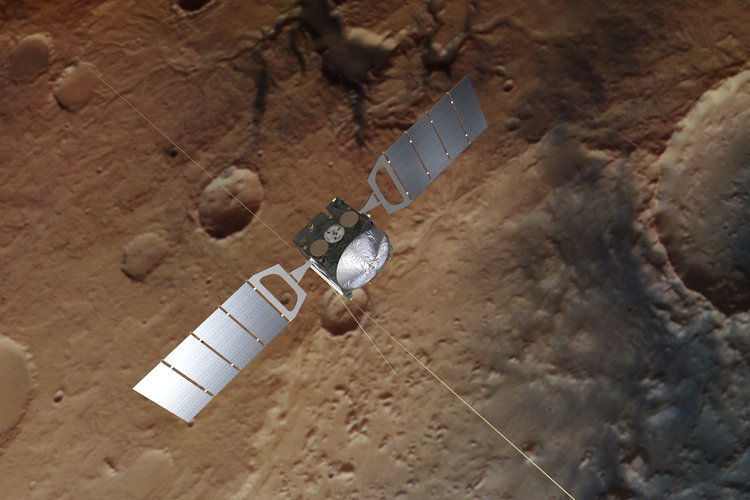
ESA boosts the satellite-enabled 5G media market

Film fans, gamers and future metaverse users will be able to experience high-quality videos, games and extended reality environments live and uninterrupted from anywhere, as satellites link up with terrestrial-based next-generation 5G and 6G connectivity.
Vega-C inaugural flight VV21 media kit
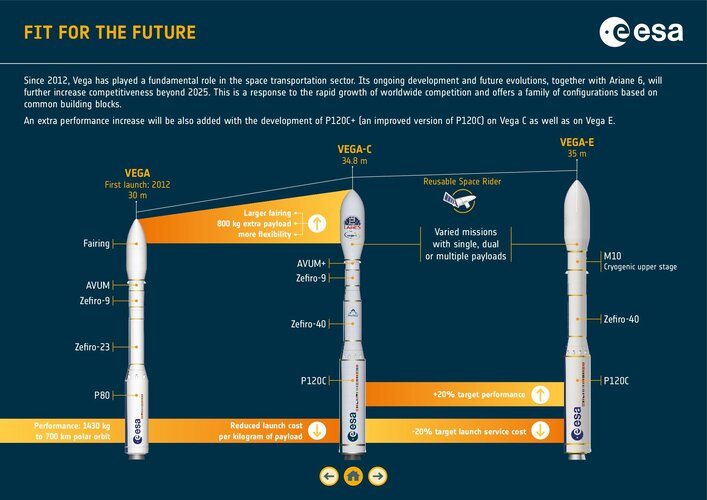
Download this media kit (English) to learn more about ESA’s new medium-lift launch system and its inaugural mission. Flight VV21 is scheduled for lift-off as soon as 7 July at 13:13 CEST, pending suitable conditions for launch.

